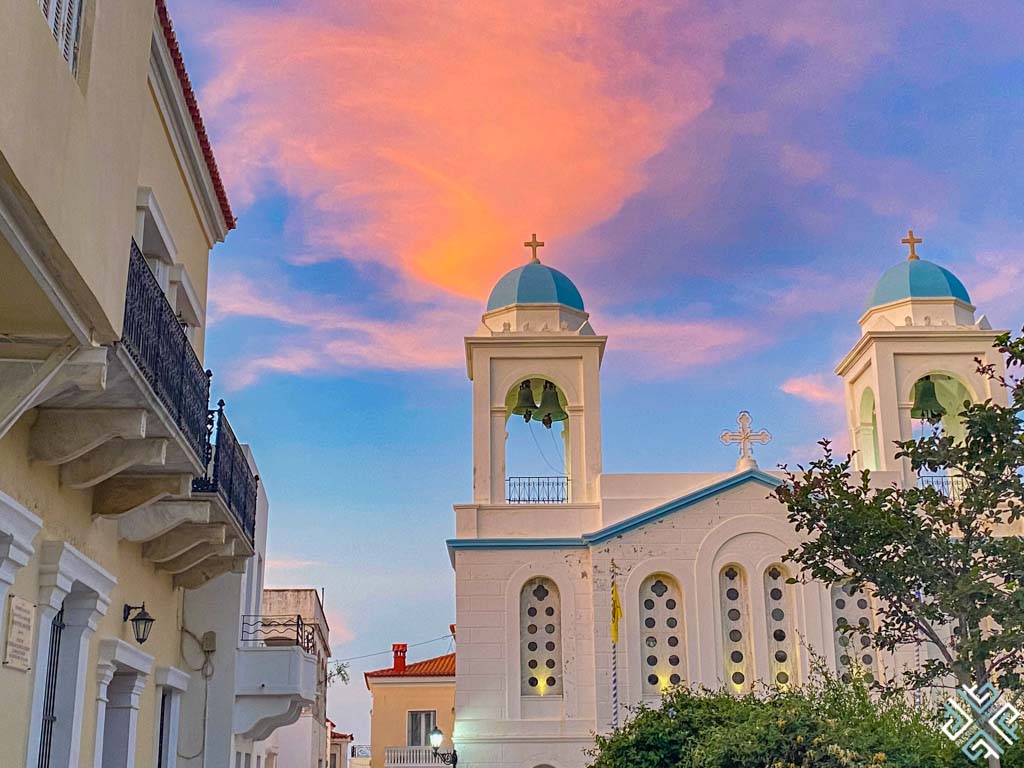The archaeological site of Ancient Olympia is one of the most celebrated sanctuaries of ancient Greece. The birthplace of the original Olympic Games, which were held here every four years beginning in 776 B.C. — is also the most important center for the worship of Zeus. The epicentre of Sacred Truce – Olympia was and remains to be the place that values competition which since antiquity had been ruled by harmony. Over the years the thousands of visitors who flocked to this part of the Peloponnese, mainly came to Olympia to admire the famed Archaeological site and museum, yet there are plenty of other unique activities which the surrounding area offers.
Thanks to the local licensed guide and passionate co-founder of the Travel Insiders, Elena Aggeli – we discovered a number of reasons to explore beyond ancient Olympia.
6 Reasons to Explore Beyond Ancient Olympia with Travel Insiders

1. Visit the Archaeological Site of Olympia and the Archaeological Museum
The sanctuary of Altis in the heart of this glorious UNESCO World Heritage Site, was once home to the majority of masterpieces created in the ancient Mediterranean world. It is here that renowned artists such as Pheidias marked a milestone in the history of art — known for the massive gold and ivory statue of Zeus, one of the seven wonders of the world which was sadly destroyed. Many of the wonderful masterpieces did however survive the centuries and can be admired in the Archaeological museum of Ancient Olympia.
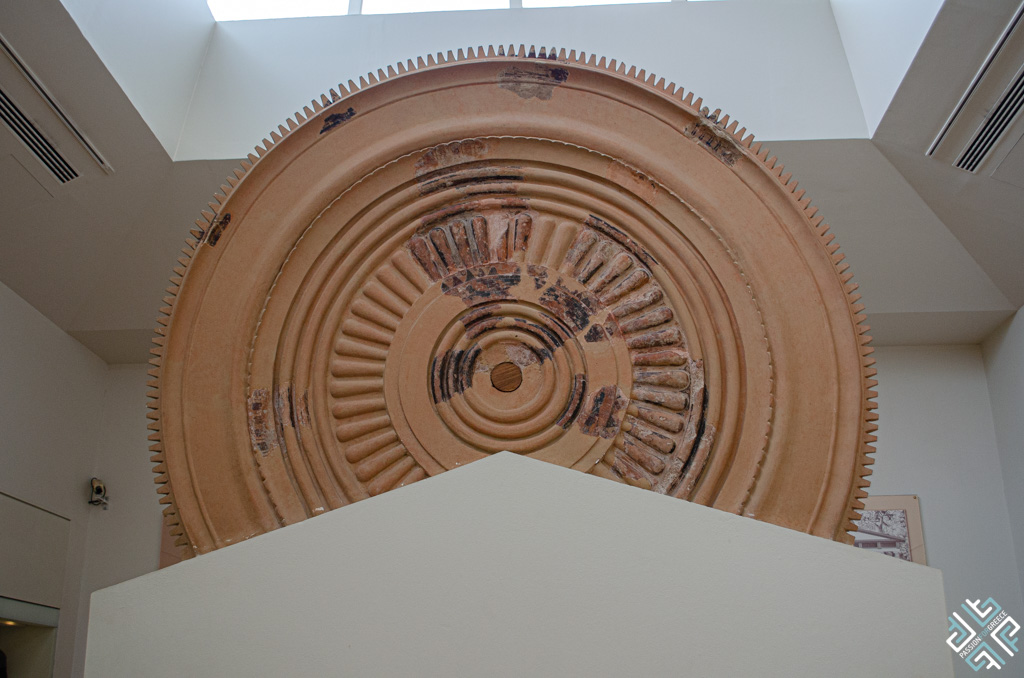
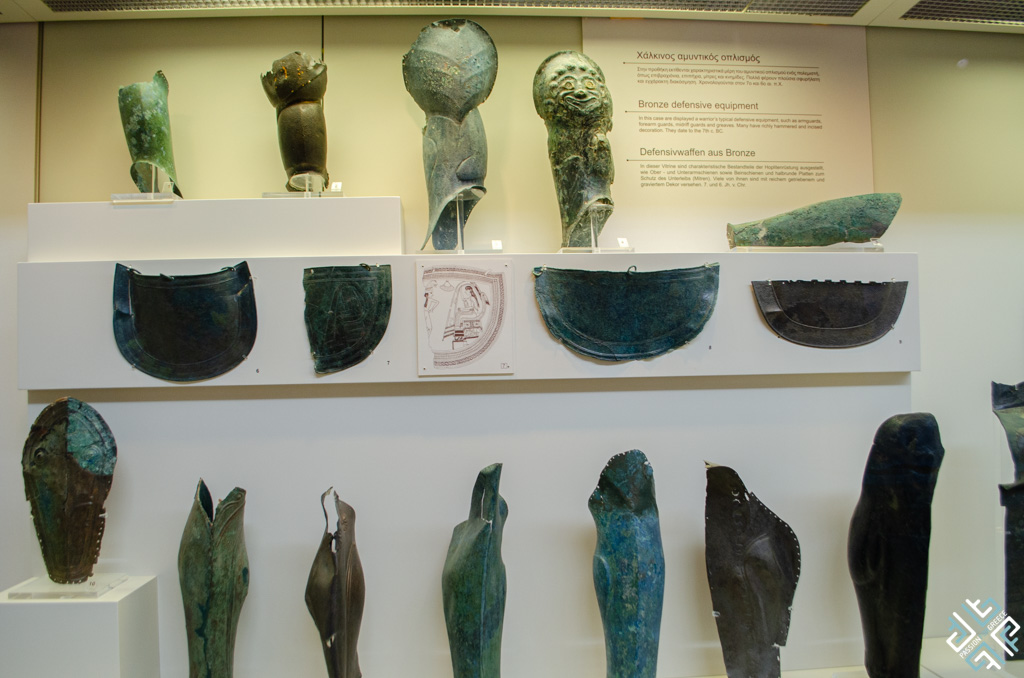
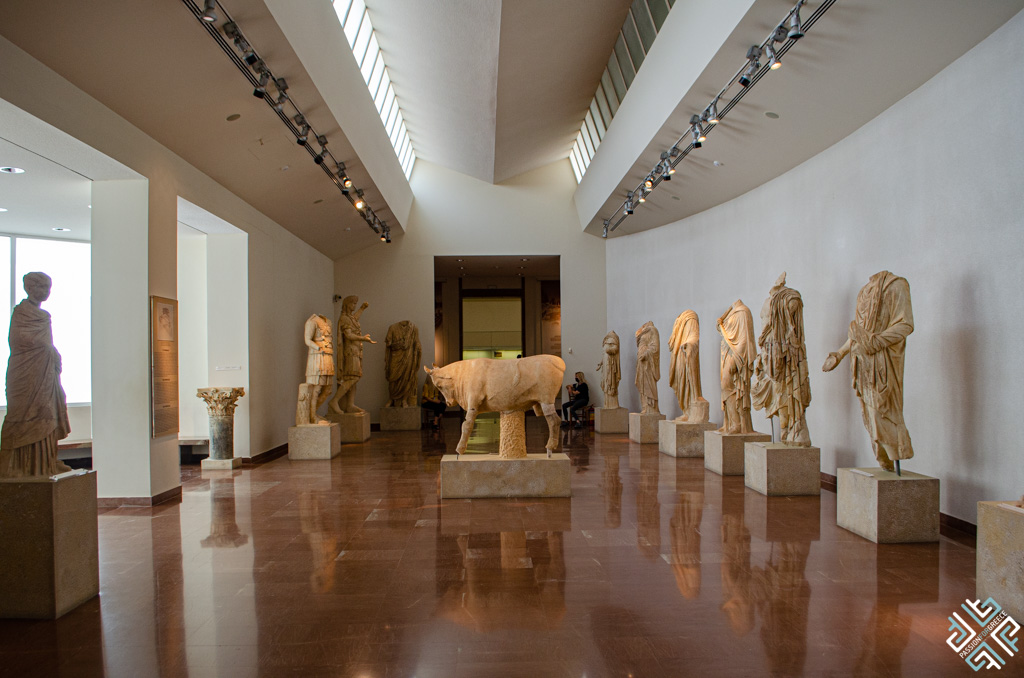
One of them is the beautiful marble statue of Hermes and the Infant Dionysus by Praxiteles, which may be the only surviving art work of Praxiteles. In the main hall of the Archaeological museum, visitors can also admire a collection of statues from the temple of Zeus including the sculpture of Nike of Paionio.
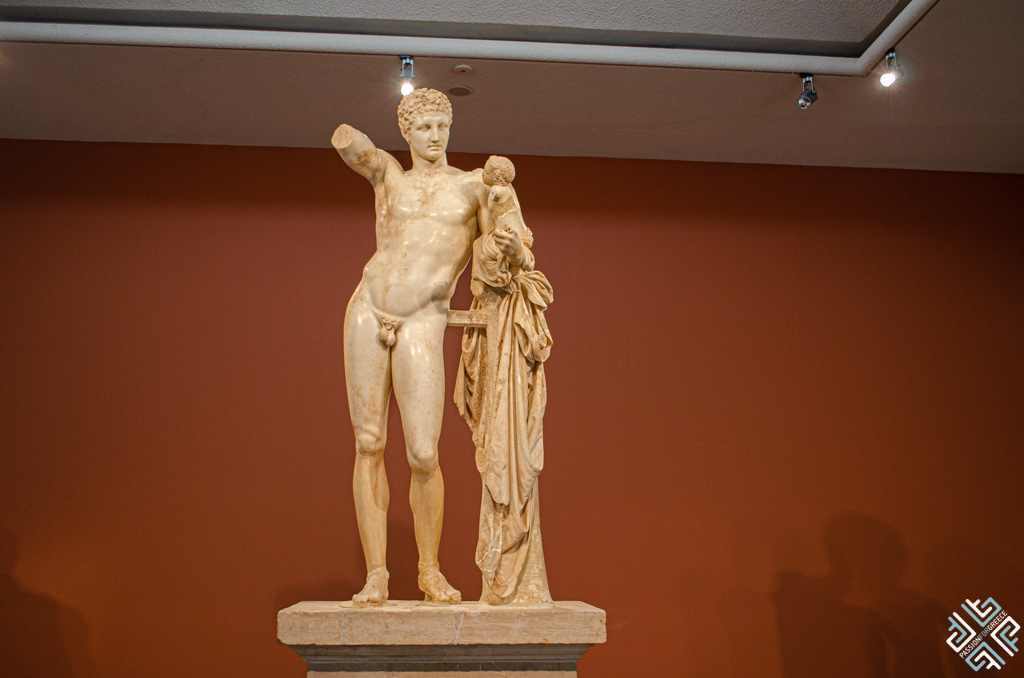
Another notable statue which is on display at the museum is of Zeus and Ganymede that depicts Zeus carrying the boy Ganymede off to Mount Olympus. Zeus fell in love with the young boy’s beauty and carried him away to serve as a cup-bearer in Olympus. In some traditions it is told that Zeus later put Ganymede in the sky as the constellation Aquarius so that his parents could watch over him every night.
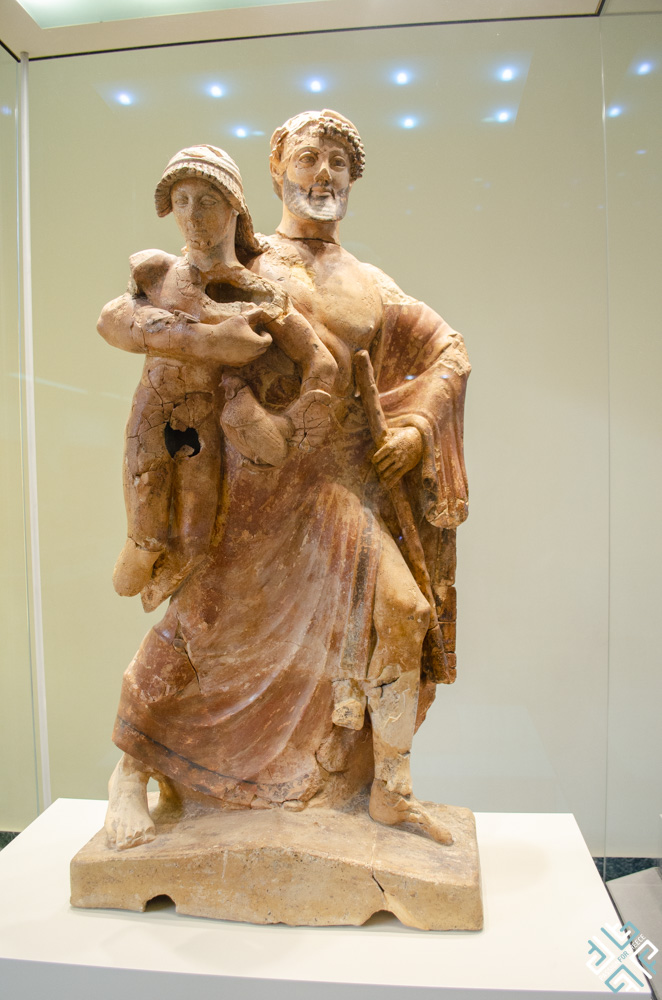
Ancient Olympia was also known for its imposing temples such as the temple of Zeus constructed between 470-457 BC, representing great Doric temples which were constructed in the Peloponnese, southern Italy and Sicily during the 5th century B.C. Olympia served as a political, religious and social center and there are numerous ancient sanctuaries which dot this ancient land reminding us of its glorious past – from the Pelopion and a row of Treasuries located to the north right at the foot of Kronion Hill surrounding the peribolus of the Altis, dedicated to the gods alongside the main temples of Zeus and Hera.
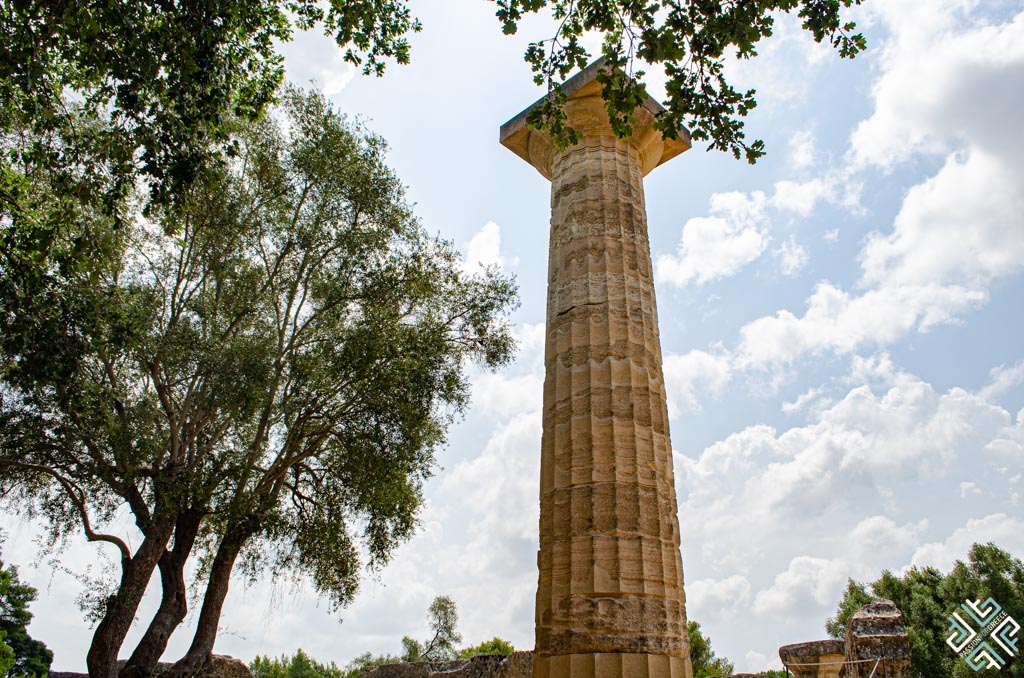
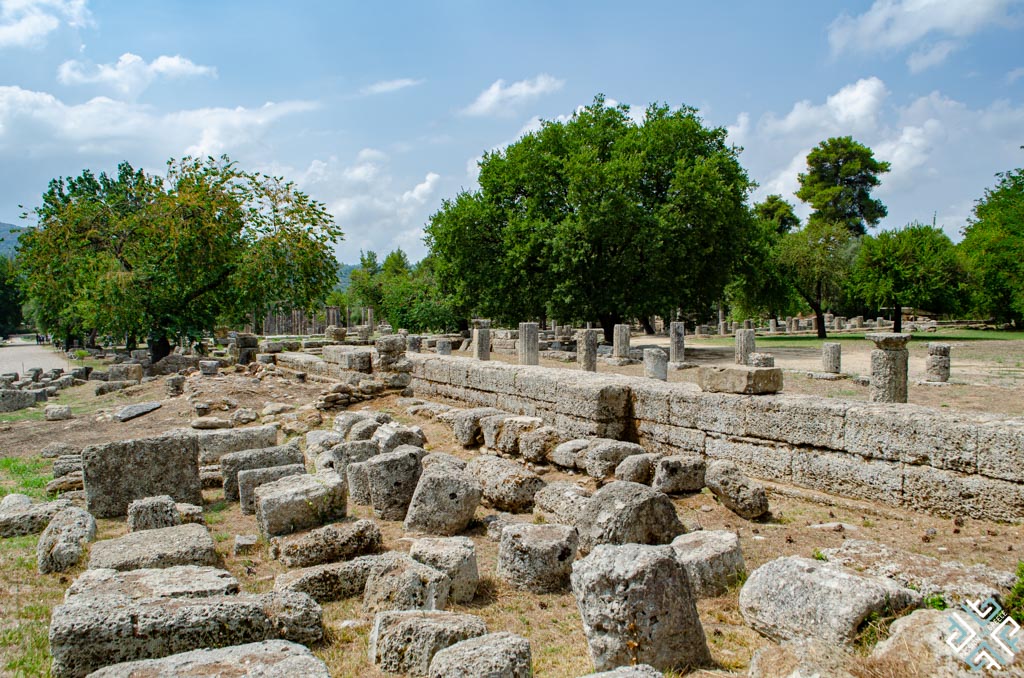
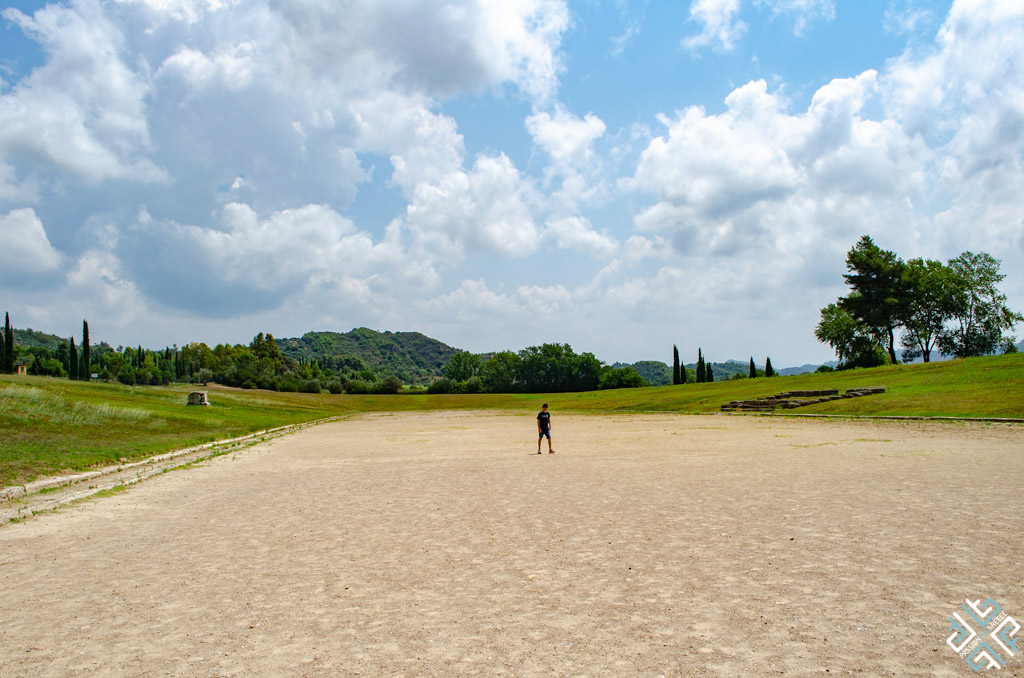
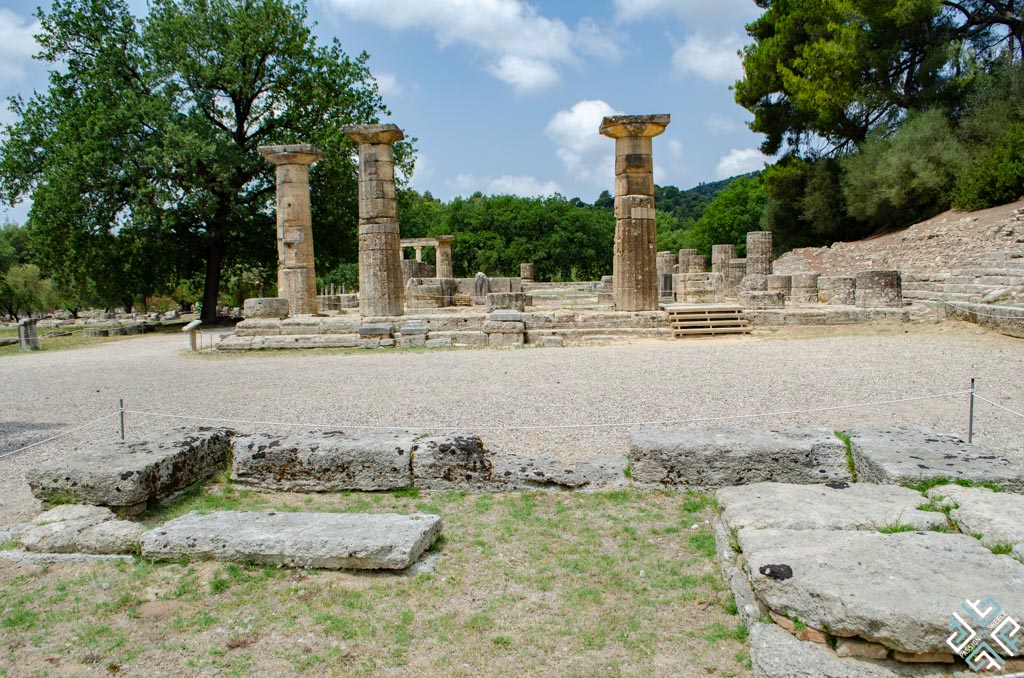
What’s fascinating about ancient Olympia is also the fact that one of the temples was erected not to honor a god – as it is usually seen in history but was constructed for a human. The Philippeion was started by King Philip II and completed by Alexander the Great. In the Altis of Olympia this Ionic circular memorial made in limestone and marble, known as the Tholos, was the only one dedicated to a human.

It is here at the birthplace of the Olympic Games that the athletes from all the Greek cities of the Mediterranean world would come to compete every four years. This period of three months was known as the Sacred Truce when free and equal men would peacefully demonstrate their physical health, and the winners were rewarded with a simple olive wreath.
Statues of the winners were also placed along the pathway of the Hall of Fame and those who decided to cheat their way ended up with a statue placed in their honour along the Hall of Shame.
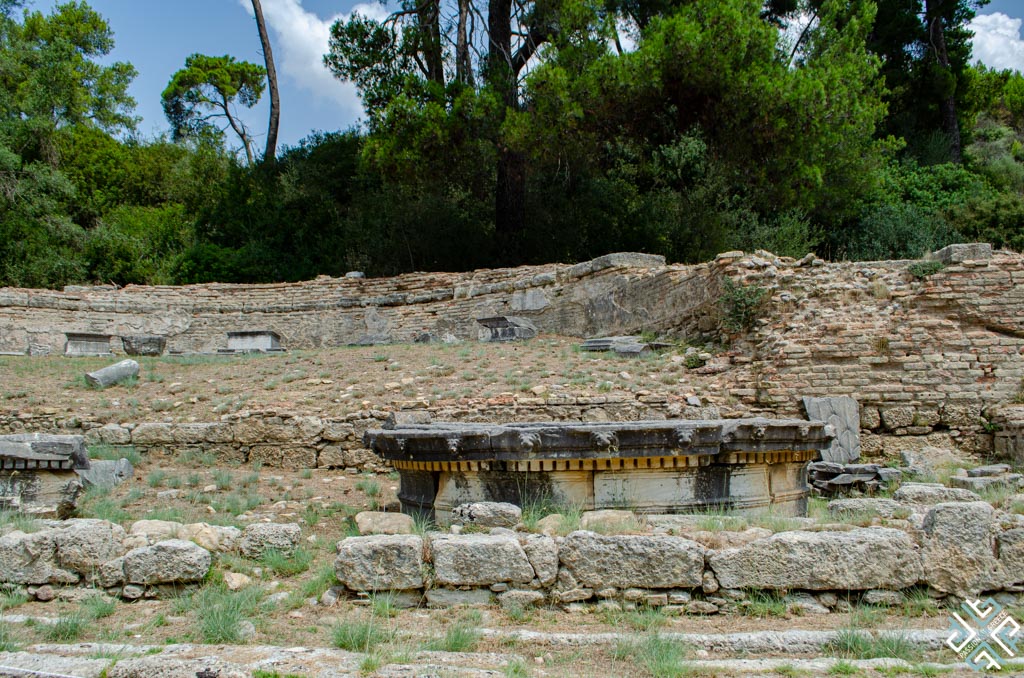
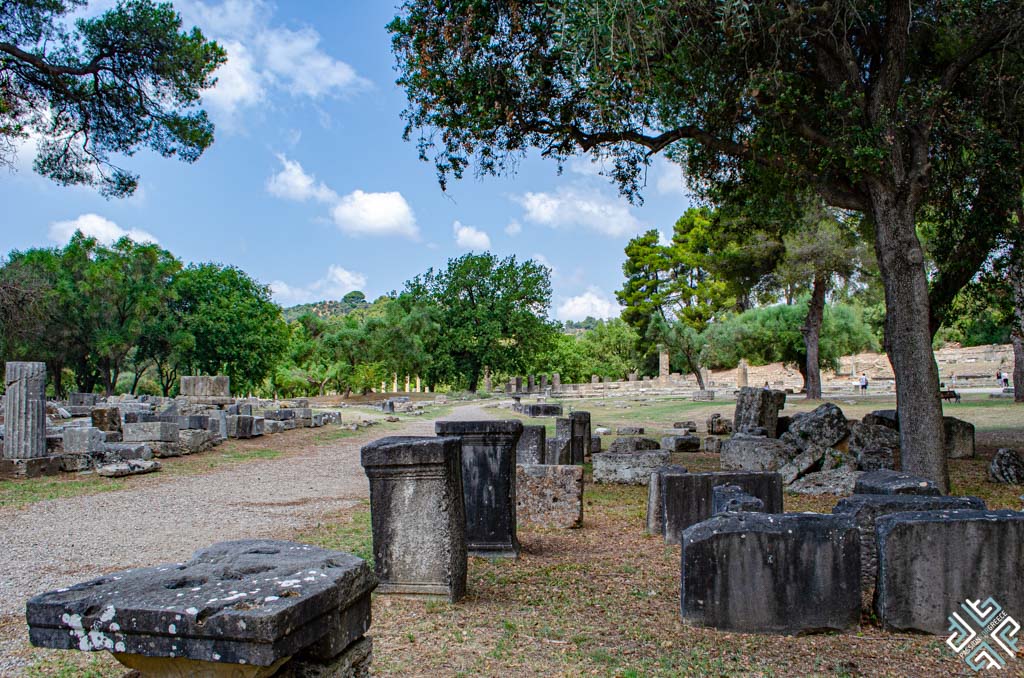
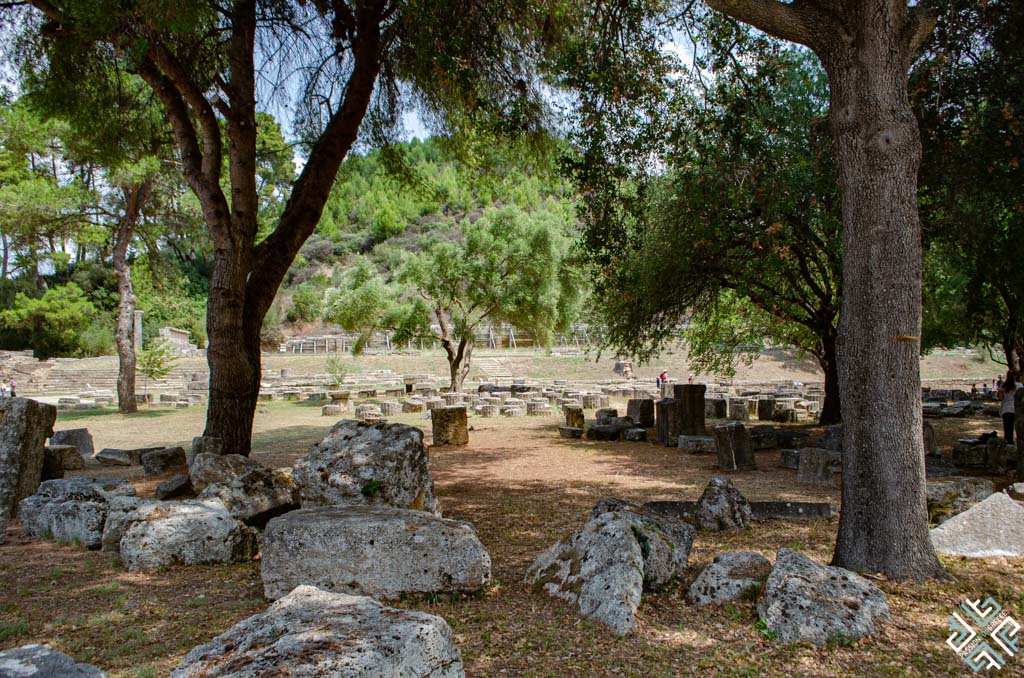
Ancient Olympia is the actual place where the Olympic flame lighting ceremony takes place and it is performed with a series of rituals outside the temple of Hera. The fire stays for the entire Olympic Games period.
2. Taste local honey and learn all about beekeeping at Klio’s Honey Farm
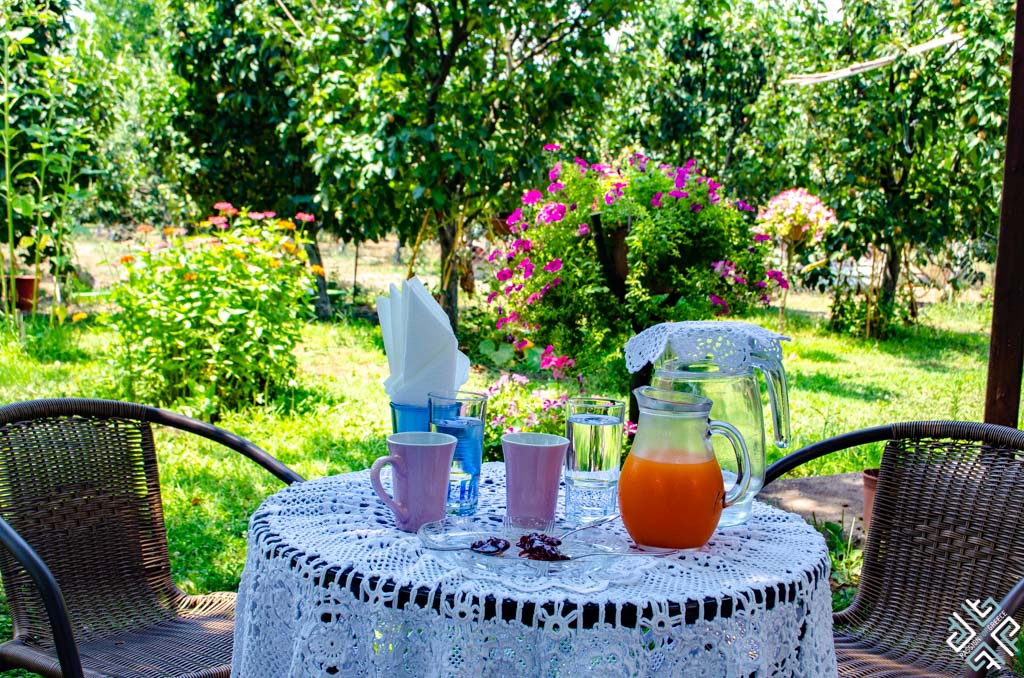
Klio’s honey farm is a delightful place to visit. A bountiful garden filled with fruit bearing trees and colourful flowers. The main house is actually an original hen house that belonged to Klio’s grandparents who were the main egg-producers in the area that would supply eggs to Athens via the railway road.
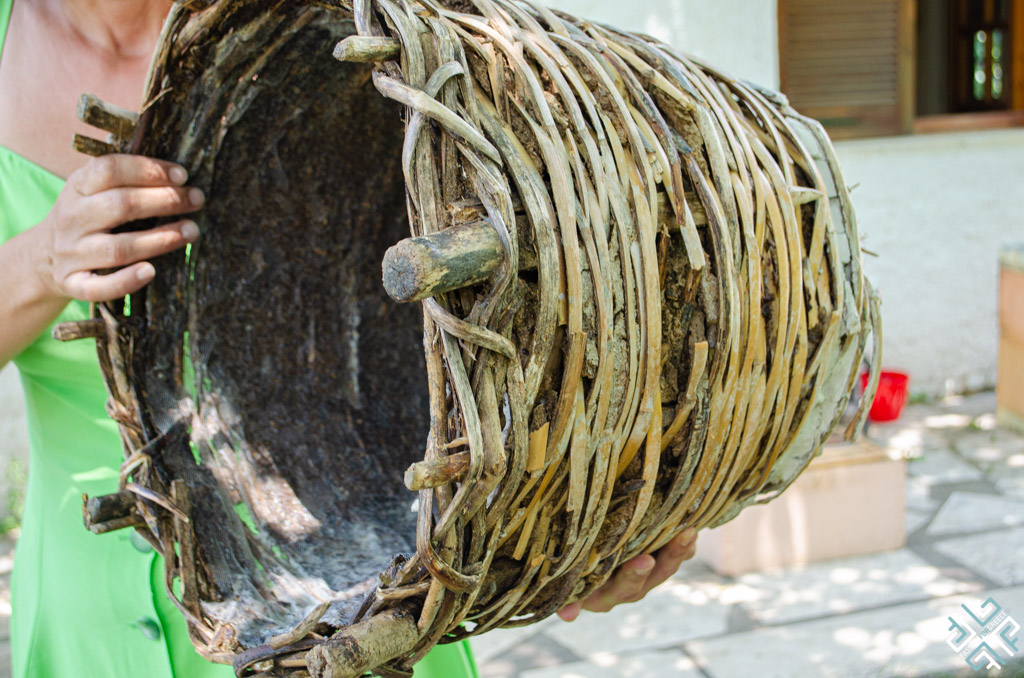
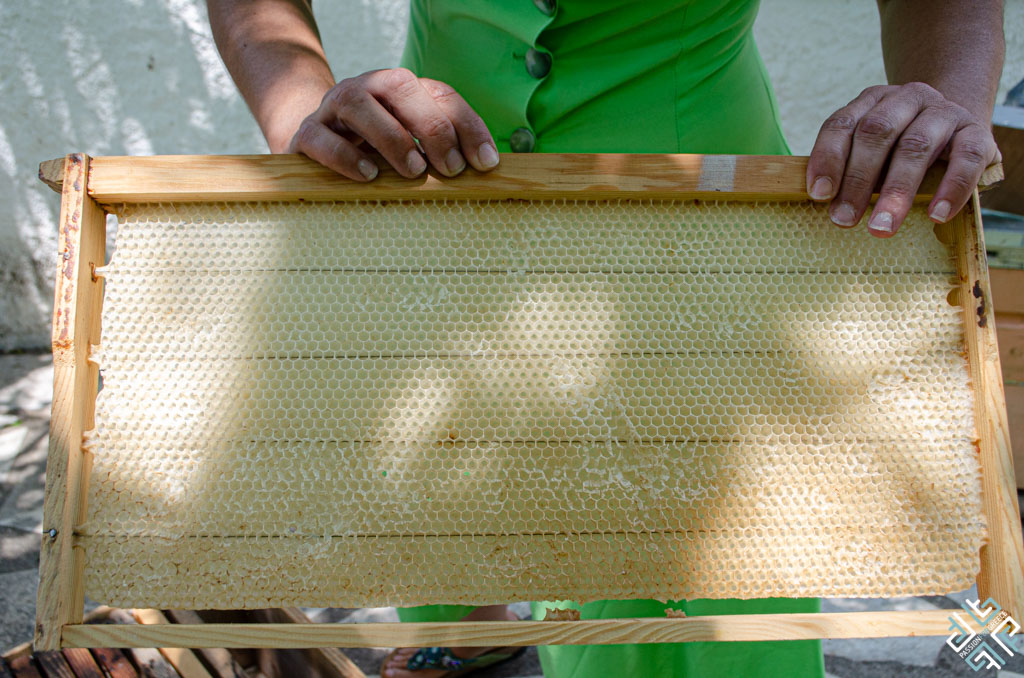
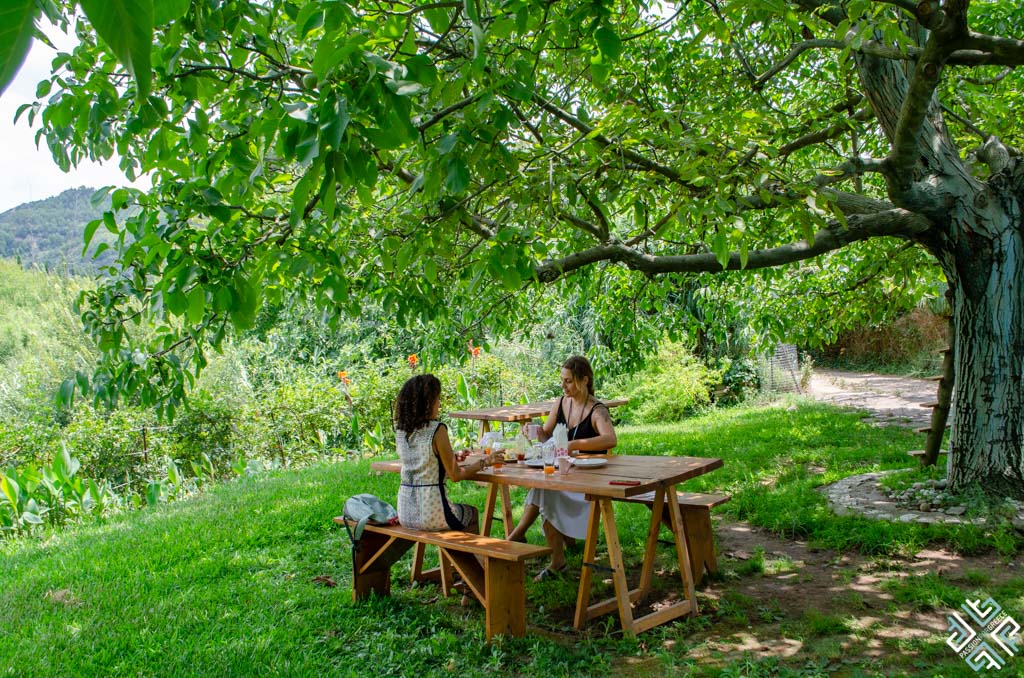
Klio shared the story of how she would run to keep the train from leaving until all the eggs were gathered. At the honey farm Klio talks visitors through the process of honey making and farm life while guests feast on a selection of homemade spoon sweets followed by the traditional dessert called diples. A wonderful experience for all ages.
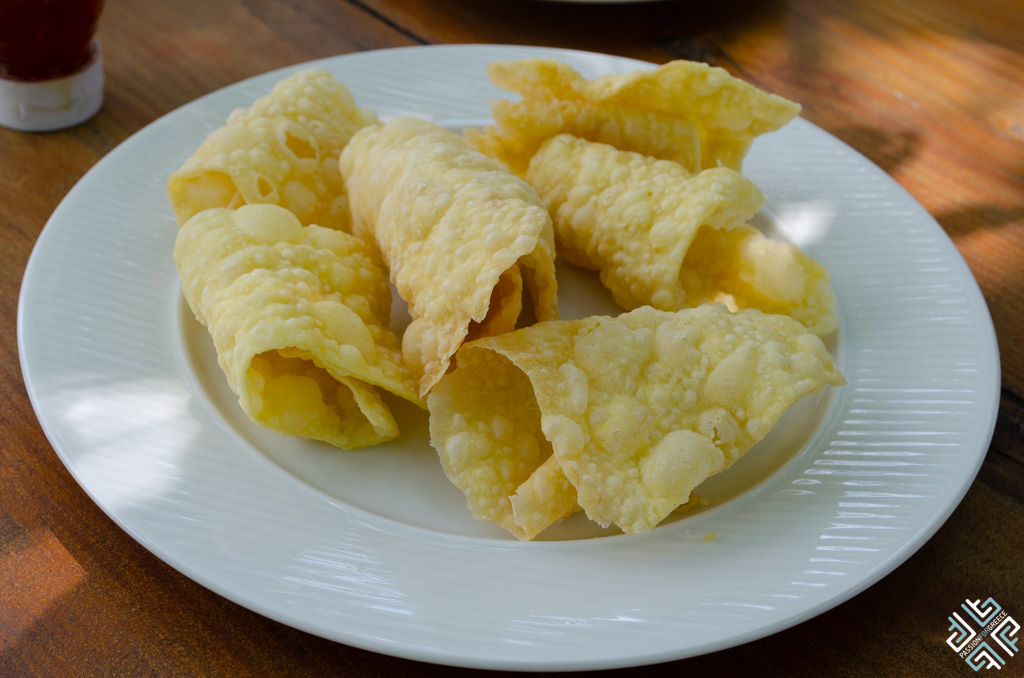
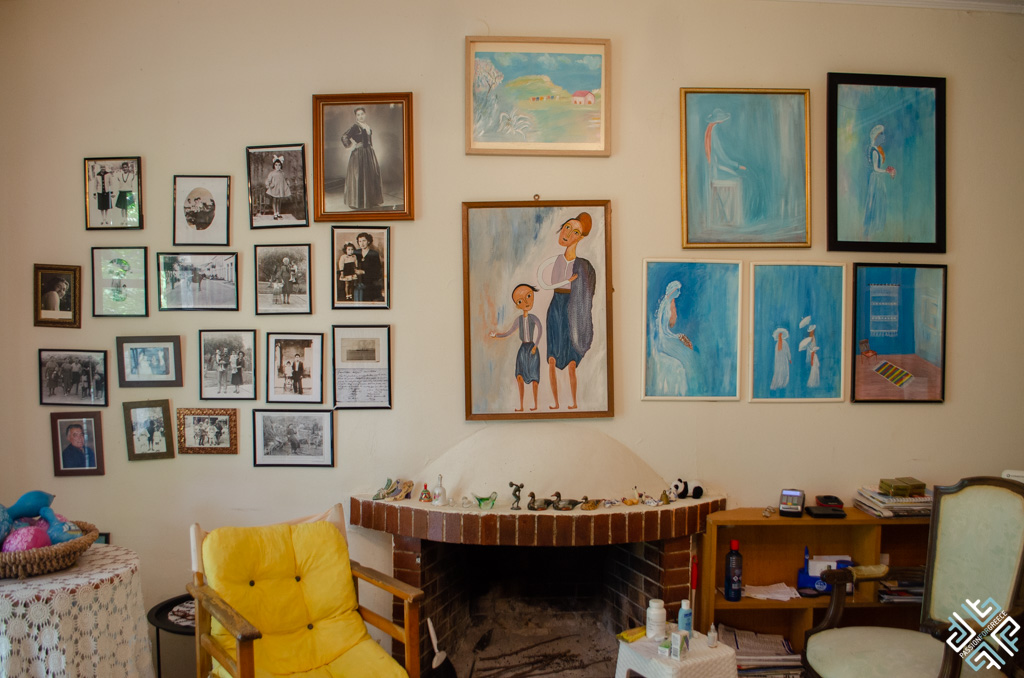
3. Admire Marble Creations at Smili Art Workshop
The Marble art workshop of Alexandros Papalampros is housed in a restored building which once served as a school.

Alexandros completed his studies of ancient Greek art of sculpting on the famous island of Tinos and has worked on numerous restorative projects of temples all over Greece. He was also involved in the restoration of several columns of the temple of Zeus and of the Ptolemaic votive monument in ancient Olympia.
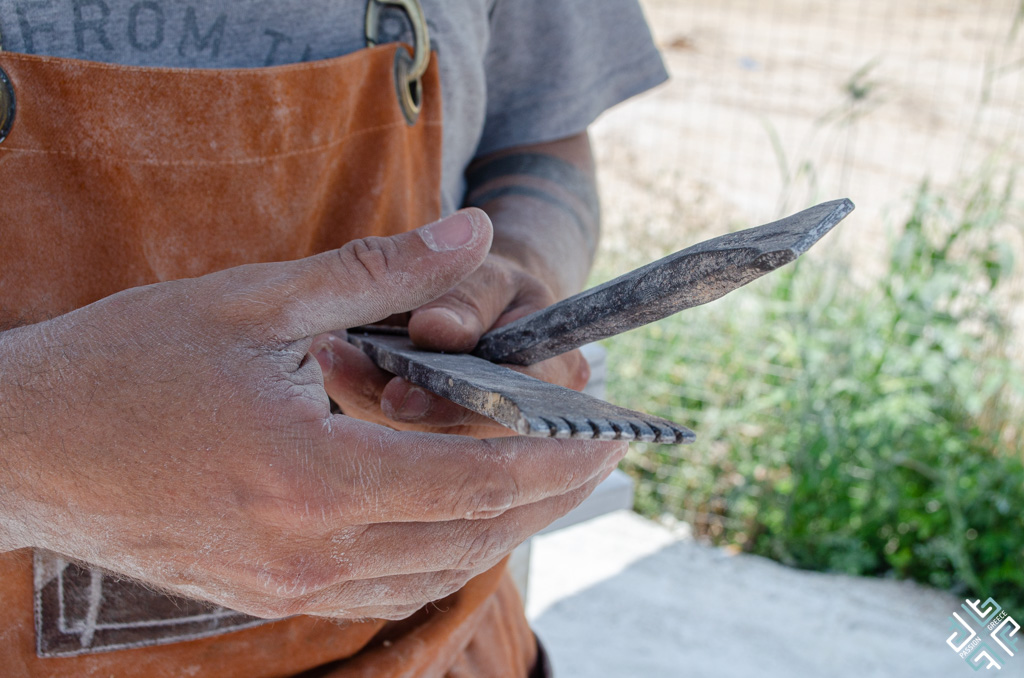
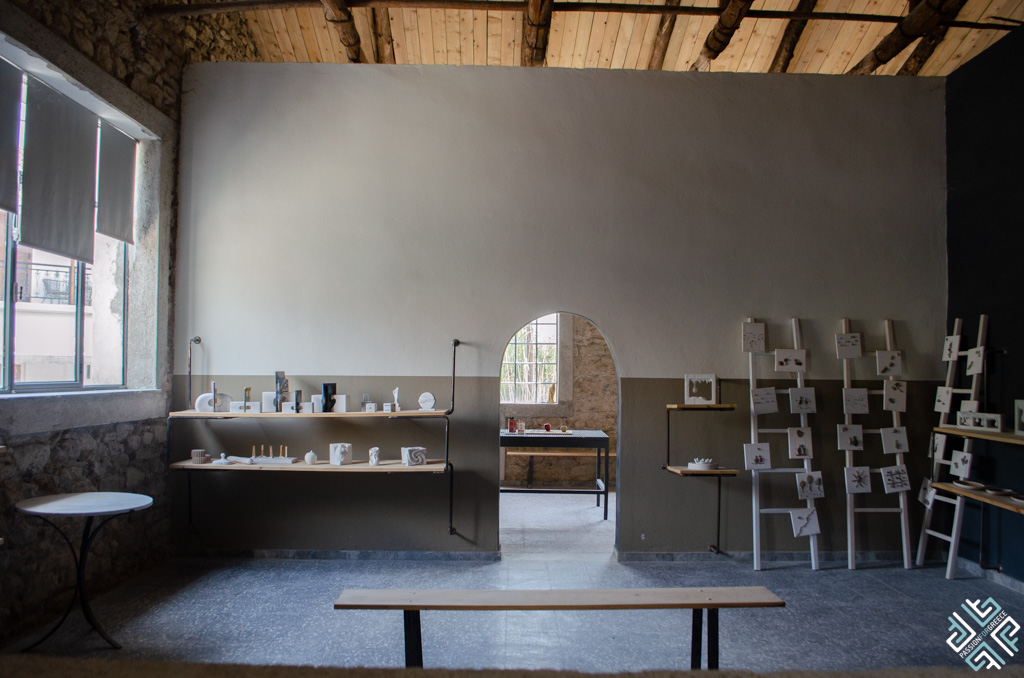
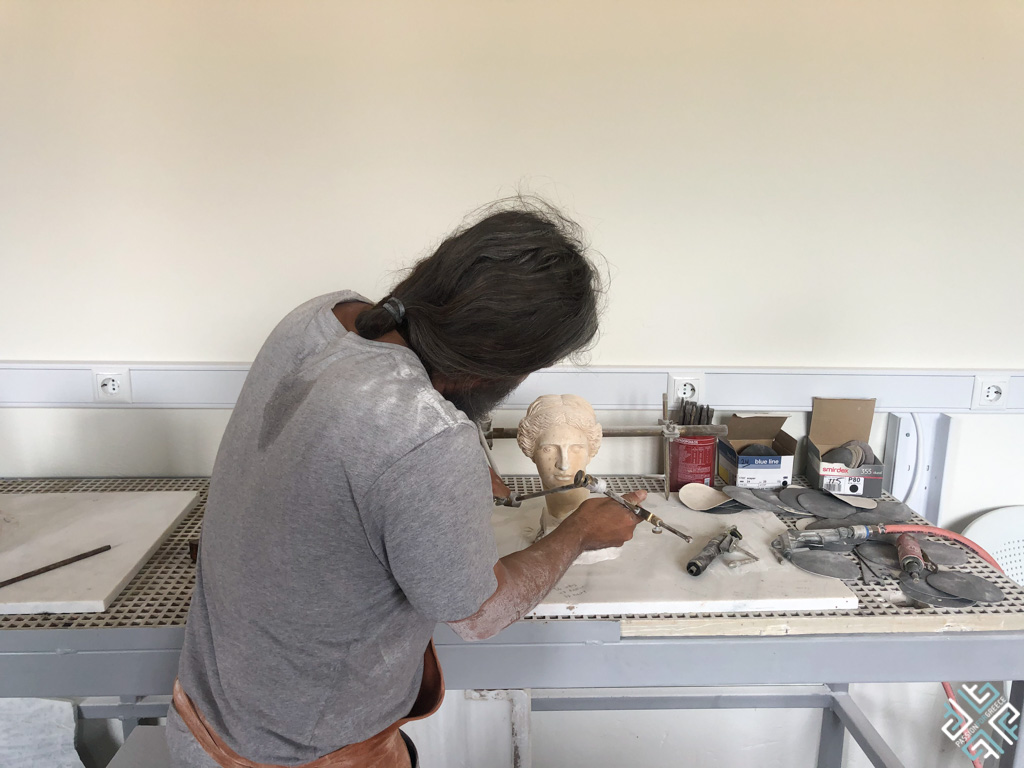
Alexandros showed us the tools which he uses that have been applied since antiquity and the timely process of sculpting, he also explained the details of hosting workshops were visitors are introduced to a hands-on-experience of sculpting. For those who are eager to learn this artistic skill, get ready to spend a few days in ancient Olympia.
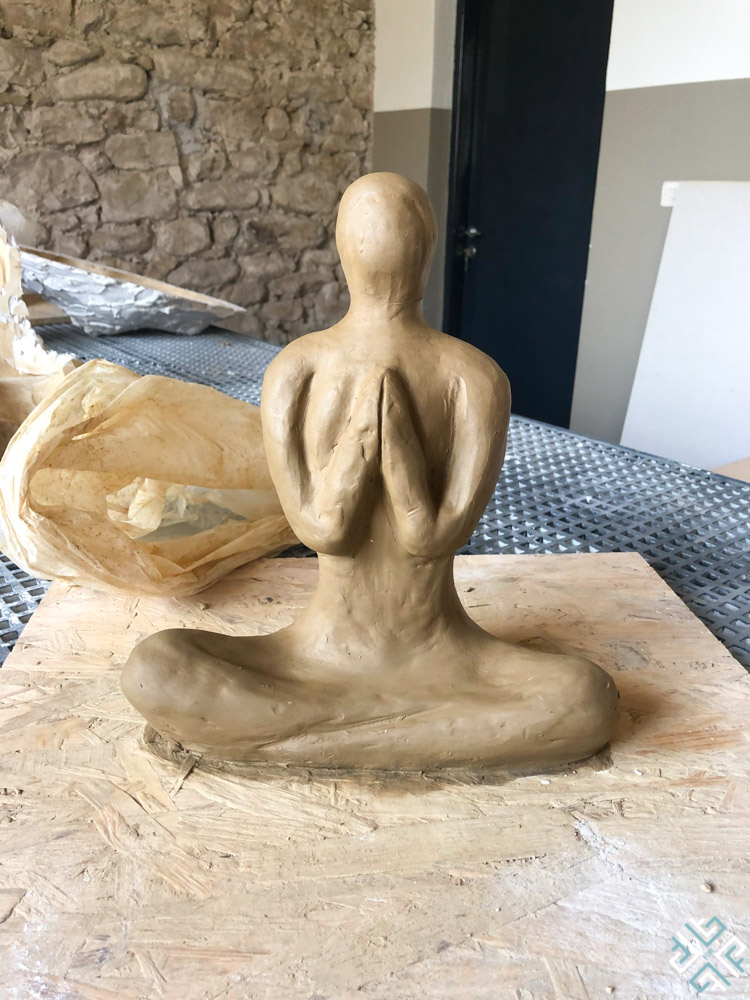
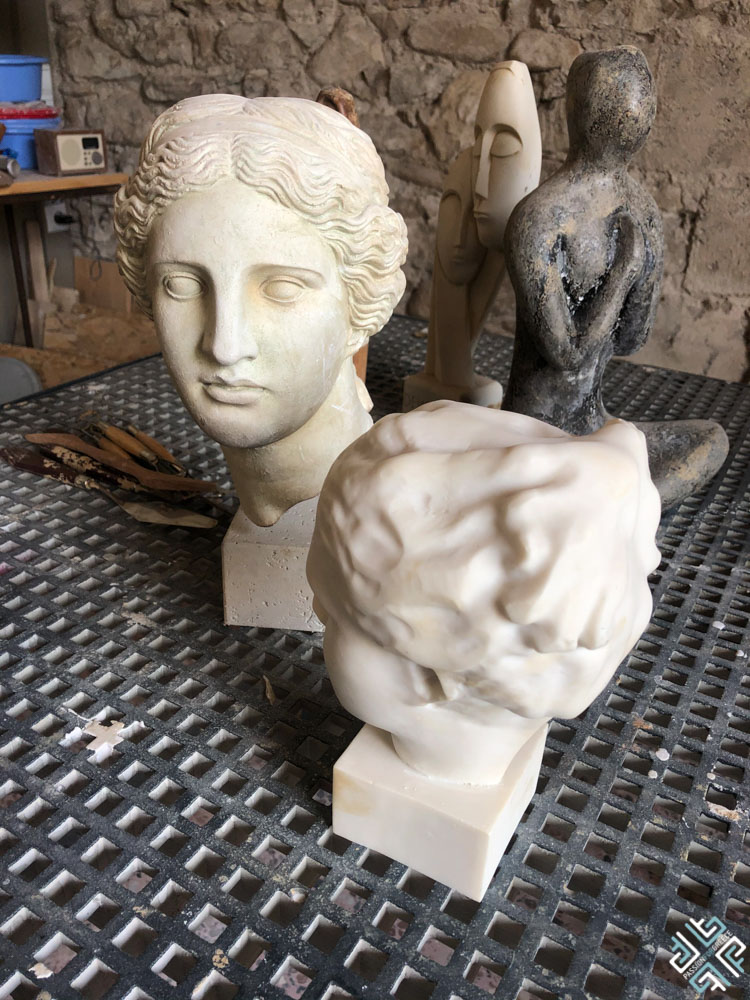
4. Taste the liquid Gold at the Papadopoulos Olive Oil Mill
Peloponnese has a long standing history associated with the olive trees. The site of Sacred Altis lies on the valley surrounded by the Saturn Hill, Alpheus River and one of its several tributaries, Kladeous. It is here that Greek divine hero Hercules, son of Zeus offered the gift of the olive tree known as the kallistefanos olive.

Its olive branches (kotinos) were used to make the wreaths that the Olympic champions received as a prize. The Papadopoulos Olive Oil mill is one of the most advanced oil mills in the Ilia regional unit. Their state-of-the-art facilities are equipped to monitor the production chain at all stages of the olive oil production process. The final packaged and tested products can be shipped worldwide from their premises.
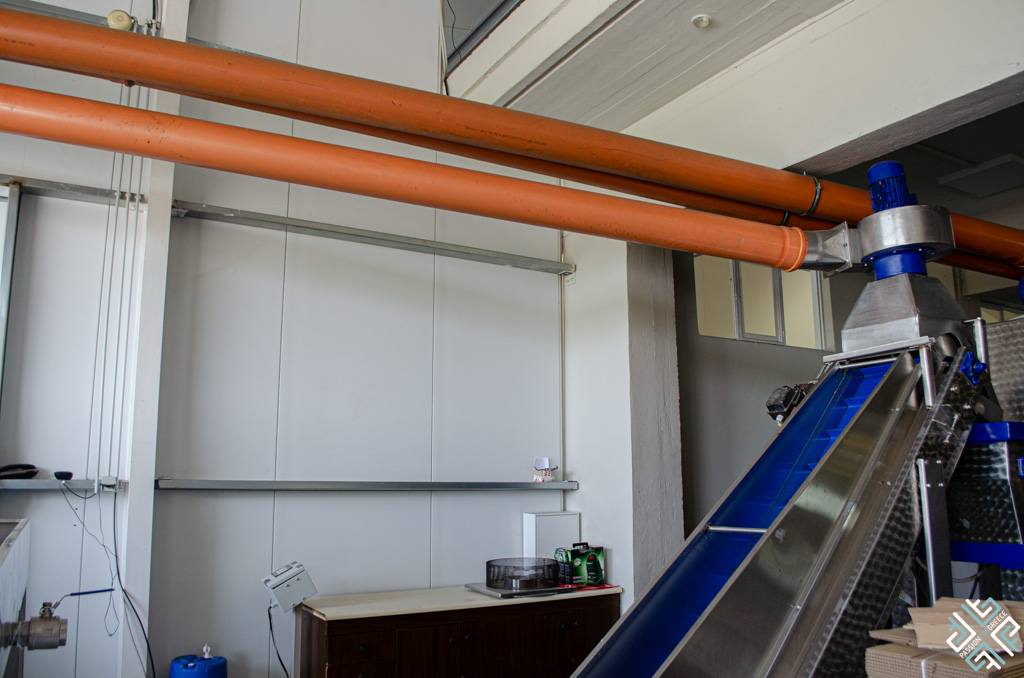
The extra virgin olive oil produced by the Papadopoulos family has received severals awards and accolades around the world, including those awarded by the NYIOOC World Olive Oil Competition, which is the largest and most prestigious olive oil quality contest held in New York.
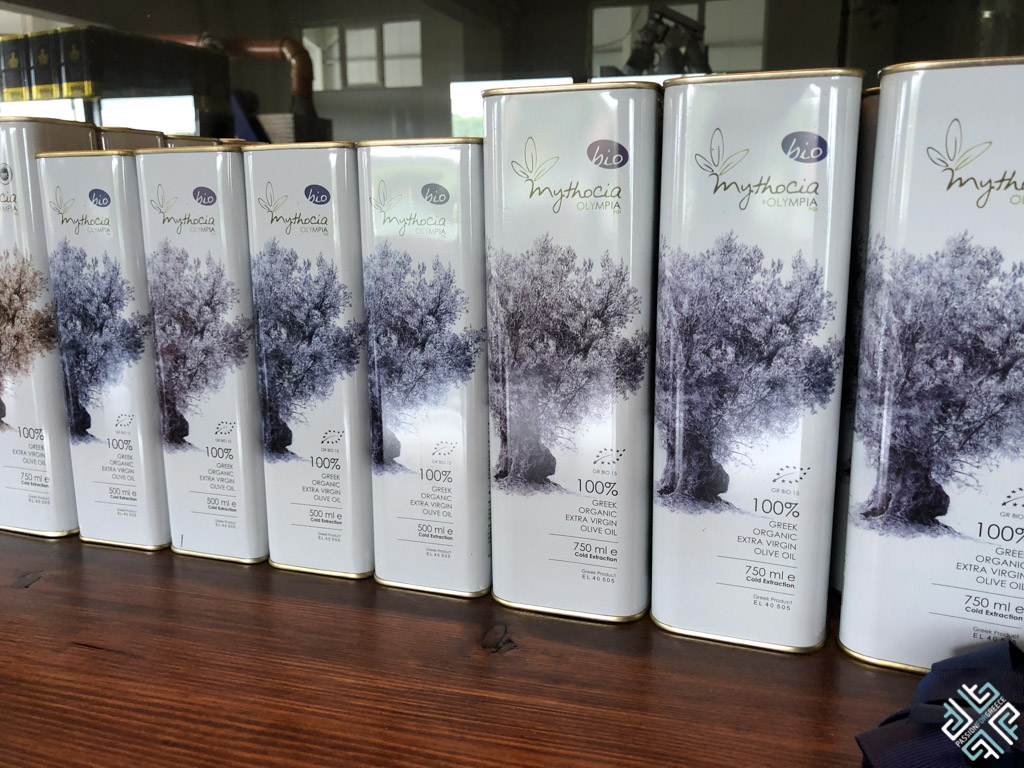
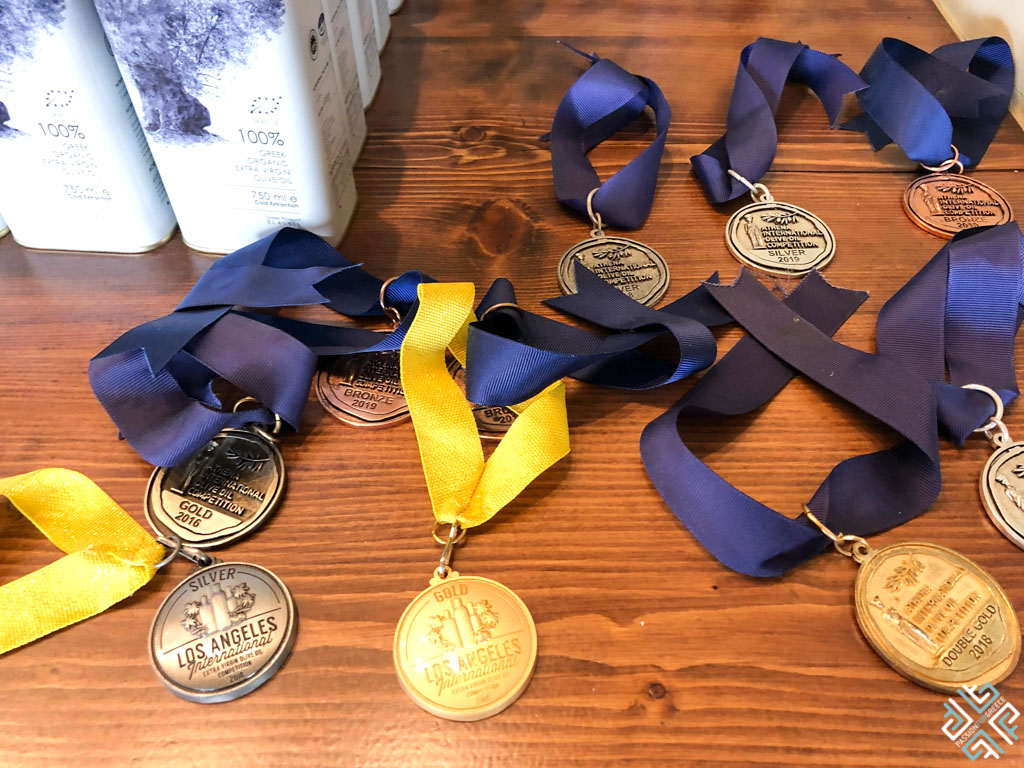
During our visit Eva Papadopoulos, whose parents who founded the Papadopoulos Olive Oil mill walked us through the entire process of production followed by an educational olive oil tasting session where we learned to distinguish the quality and variety of their fine products.
5. Salute Dionysos, at the First Green Winery in Greece
Founded by husband and wife who both carry the name of the renowned god of wine Dionysos, the Brintzikis Estate was established in 1994 nearby the village Lantzoi in Ancient Olympia.
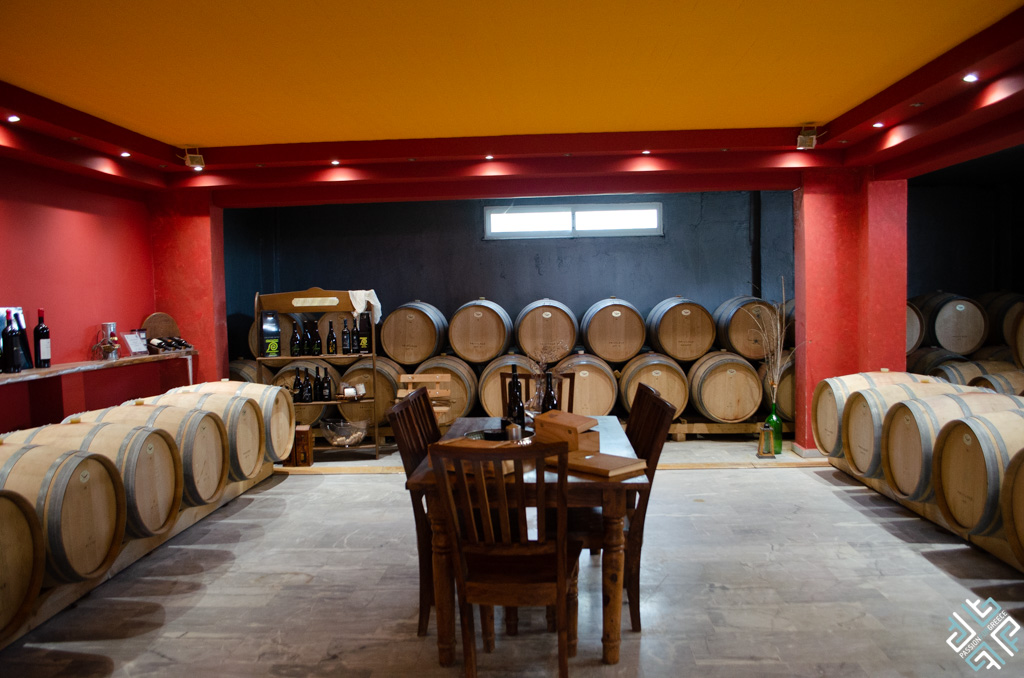
The winery produces exceptional wines that are made from indigenous varieties which thrive in Ancient Olympia, these are Roditis, Tinaktorogos, Malagouzia, Fileri, Assyrtiko (white varieties) and Augoustiatis, Agiorgitiko and Merlot (red varieties).
In 2012 the Brintzikis Estate was acknowledged as the first green winery in Greece for its exploitation of geothermal energy, and the use of photovoltaic systems for an ecological and environmentally friendly operation.
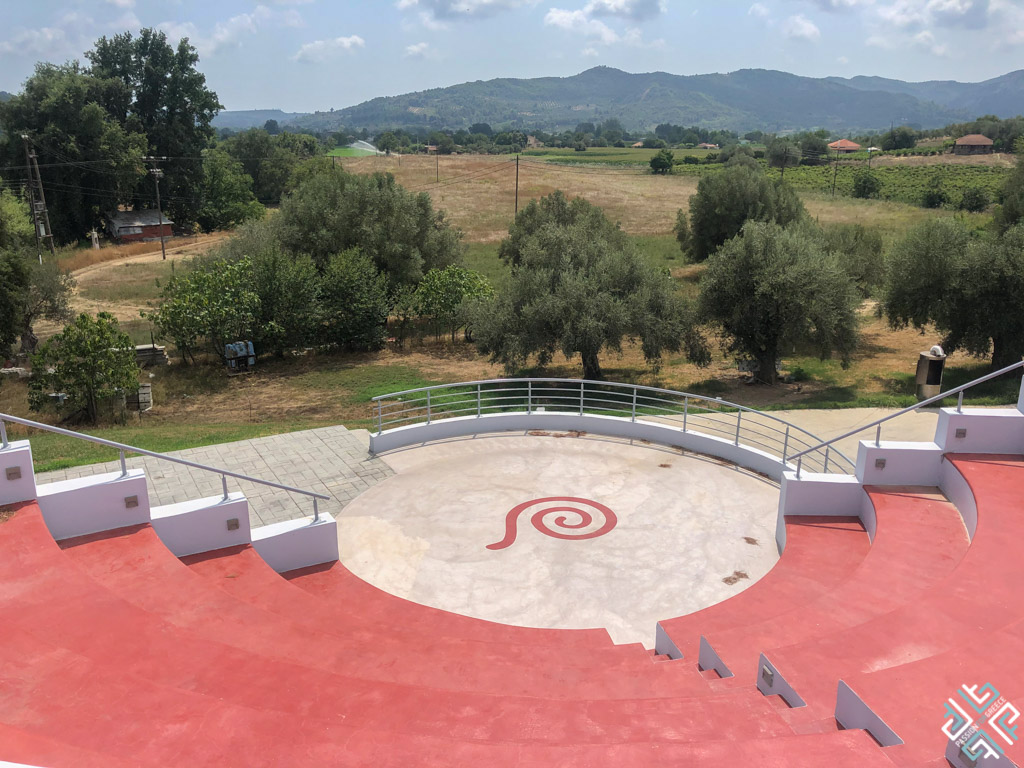
One of its distinct grape varieties, Tinaktorogos was mentioned in Homer and has been successfully revived and produced in the region for the past 23 years. With an impressive acidity and a flowery flavour it produces dry white wine that leaves a delightful fruity and lemon flower aftertaste. Lovers of fume wine aged in oak barrels can try the limited edition Sign collection which is a great ambassador of the ancient Olympia’s wine history.
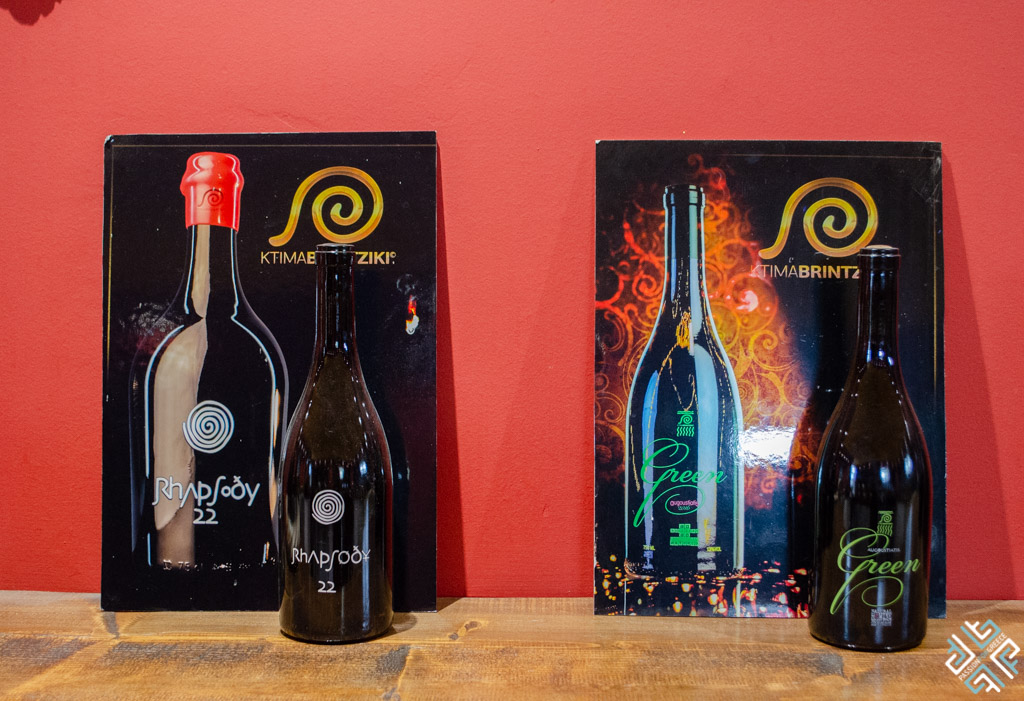
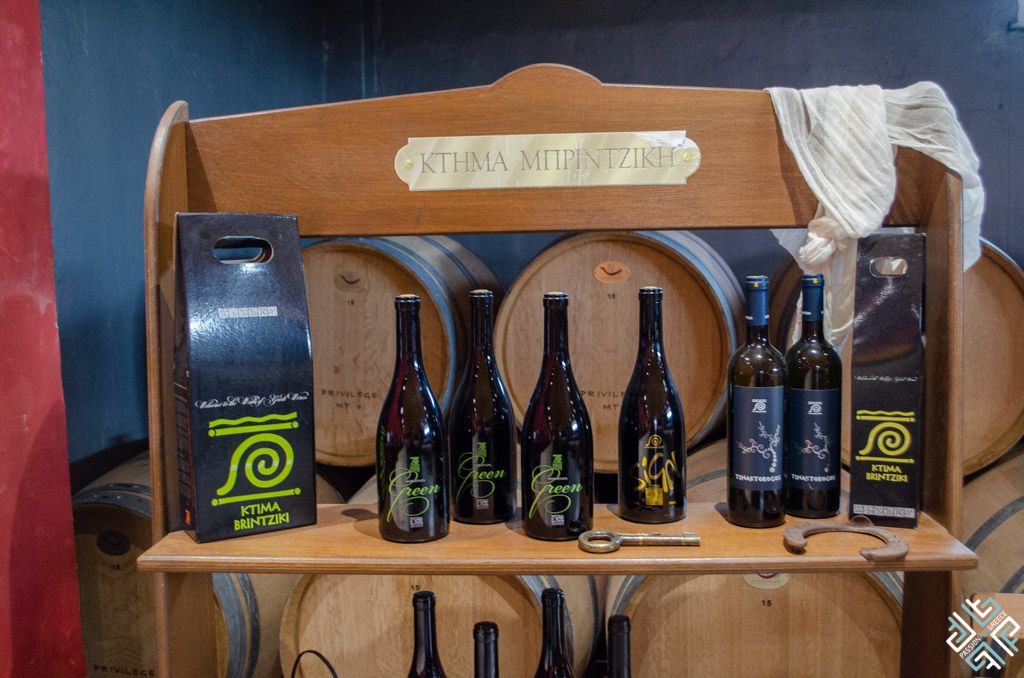
In the summer months the estate hosts several musical nights at the designated theatre space accompanied by wine tasting where visitors can admire the sensational views of the surrounding Valley of Enipeas.
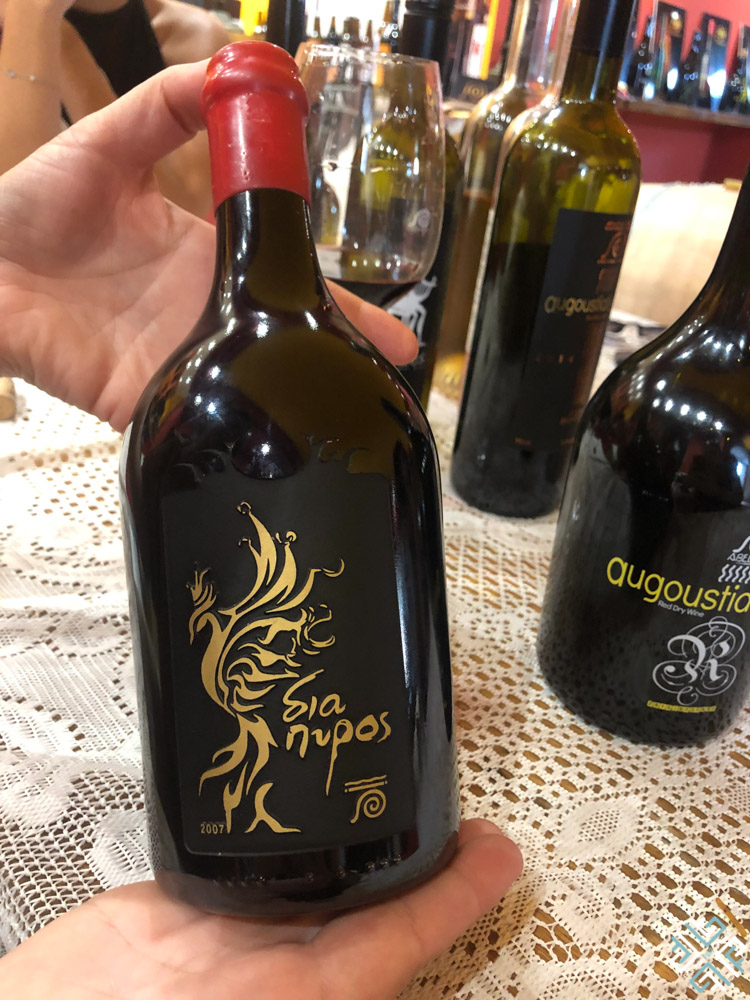
In 2007 the region surrounding ancient Olympia was threatened by disastrous fires which as a result destroyed forests and villages. Luckily the archaeological site was preserved. As a result many of the vineyards suffered damage from the fire fumes. The Brintzikis Estate produces a limited edition wine called dia Piros (in the midst of fire) which is sold at 750 Euro per bottle.
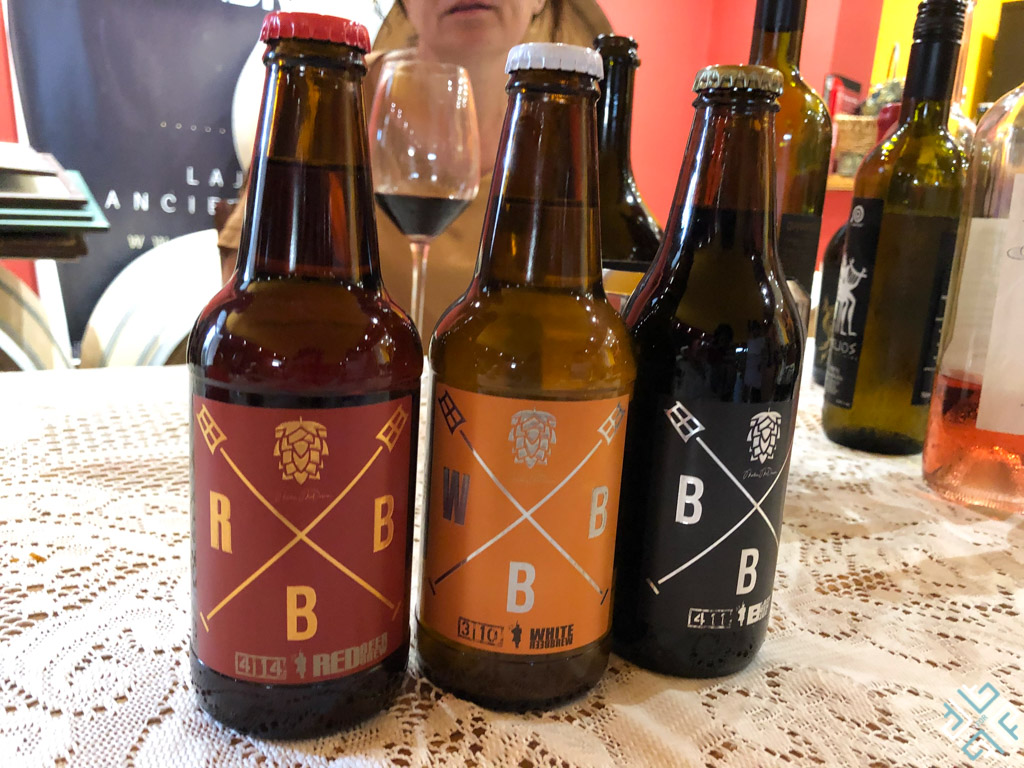
The Brintzikis family also established a designated micro-brewery at the same premises as the wine estate, called Elis Brewery. It is the first of its kind in Ilia and produces a selection of craft beers, one of which is the Toliani that we had tried on our trip to Tolo.
6. Spend an afternoon Sea Kayaking
Just a short 30 minute drive from ancient Olympia there is a long sandy stretch of beach known as Katakolo (also the harbour where cruise ships dock).
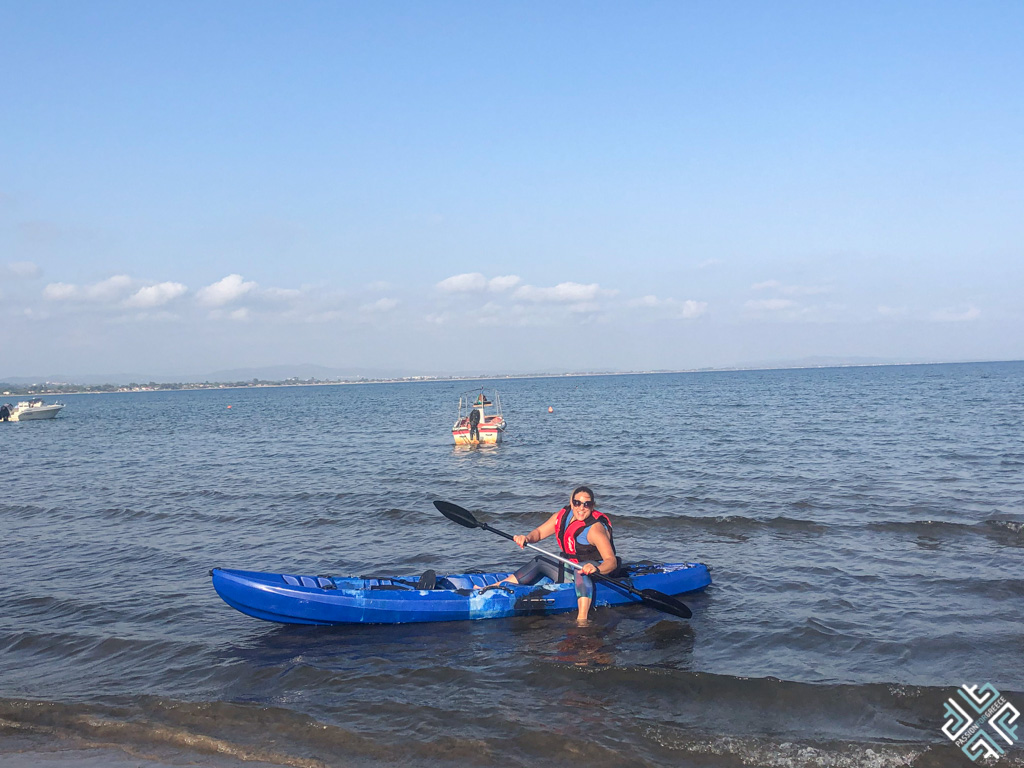
Olympia Adventures Club which was formed by a group of friends and sports enthusiasts offers travellers an array of fun activities, one of them is sea kayaking which you can do right here along the Katakolo bay. This activity is ideal for all levels and suitable for beginners. The duration of the activity is 60 minutes, just enough time to explore the Ionian coast.
How to get to Ancient Olympia
Ancient Olympia is located in the western part of the Peloponnese approximately 290 kilometres from Athens, which is almost a 3 and a half hours drive. There are several ports that connect to Ancient Olympia, the Katakolo (34 km) which is where the cruise ships dock, the port of Killini (66 km) that connect to and from the Ioanian islands and the port of Patras (117 km) that connect to Italy.
The nearest airport is Araxos but it is mostly used for charter flights. Alternatively you can fly into Athens and then drive or get a transfer arranged to Ancient Olympia.
On my trip I connected an overnight stop in ancient Olympia after two days in Arcadia where I went hiking the Menalon trail.
Where to stay in Ancient Olympia

We stayed an overnight in Hotel Pelops which is located right in the center of ancient Olympia and a few minutes walk from the ancient site and archaeological museum. The hotel features 18 guest rooms and a lovely sitting area with a fireplace which offers relaxing views to the garden.
For an organised tour contact the Travel Insiders (+30) 6972297477, info@the-travel-insiders.com



